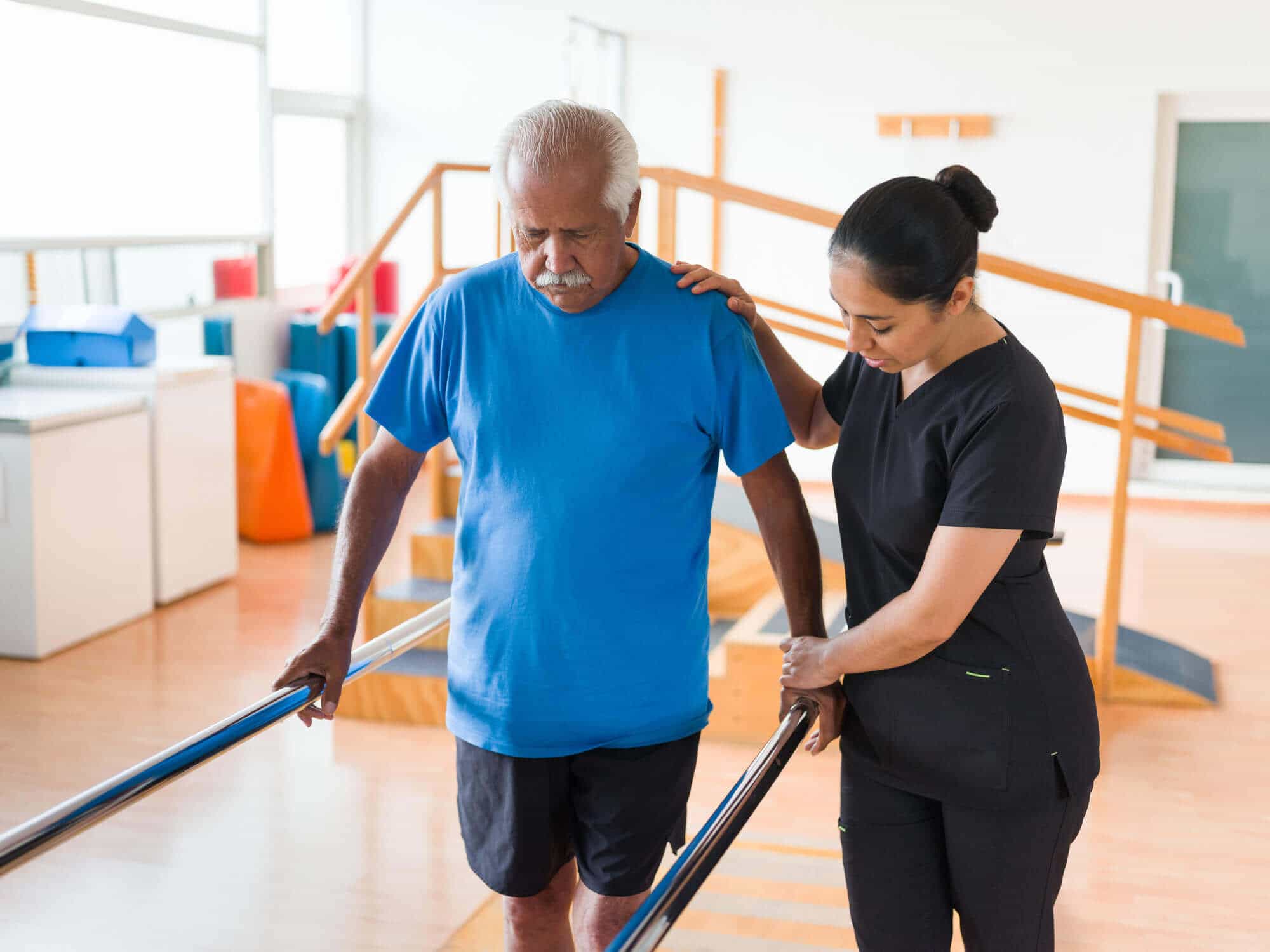Balance and steadiness are essential components of physical fitness and general health. They play a critical part in daily tasks, sports performance, and injury avoidance. When an individual has strong balance and stability, they are less likely to fall or sustain damages during bodily exercises. One effective way to assess these attributes is through Functional Movement Screening (FMS). FMS is a method used to analyze motion patterns and identify imbalances or weaknesses that could lead to injuries.
Practical Movement Screening involves a sequence of particular tests that examine how effectively a individual functions. The tests concentrate on basic actions such as squat, lunge, and flexing. By watching these actions, coaches and healthcare professionals can determine areas where an individual may have difficulty. For instance, if someone has difficulty maintaining balance while performing a squatting, it may indicate a need for specific exercises to improve strength and coordination. This evaluation not only identifies weaknesses but also helps to monitor progress over time.

In addition to identifying areas for improvement, FMS plays a vital part in preventing injuries. Many injuries occur as a result of inadequate motion patterns, Continued which can be identified through functional assessments. By addressing these issues early on, individuals can reduce their risk of injury during sports or other bodily exercises. For instance, a runner who demonstrates an imbalance in their gait may be more prone to knee injuries. By correcting these imbalances through specific exercise programs, the chance of injury can be significantly decreased.
Additionally, enhancing capability is another advantage of conducting a thorough evaluation of equilibrium and stability. Athletes and active persons often aim to enhance their capability in specific sports or exercises. A comprehensive understanding of their motion patterns allows trainers to create personalized exercise programs that focus on specific weaknesses. By improving equilibrium and steadiness, athletes can enhance their total capability, whether it’s running faster, jumping taller, or executing precise actions in their activity.
In conclusion, the importance of evaluating equilibrium and stability through Practical Movement Assessment cannot over at this website be overstated. This thorough assessment serves as a foundation for enhancing bodily fitness, avoiding harm, and improving sporting performance. By recognizing areas of weakness and implementing specific exercise strategies, people can attain better outcomes in their bodily activities. Focusing on equilibrium and stability not only results to better performance but also contributes to a more wholesome, more active way of life.